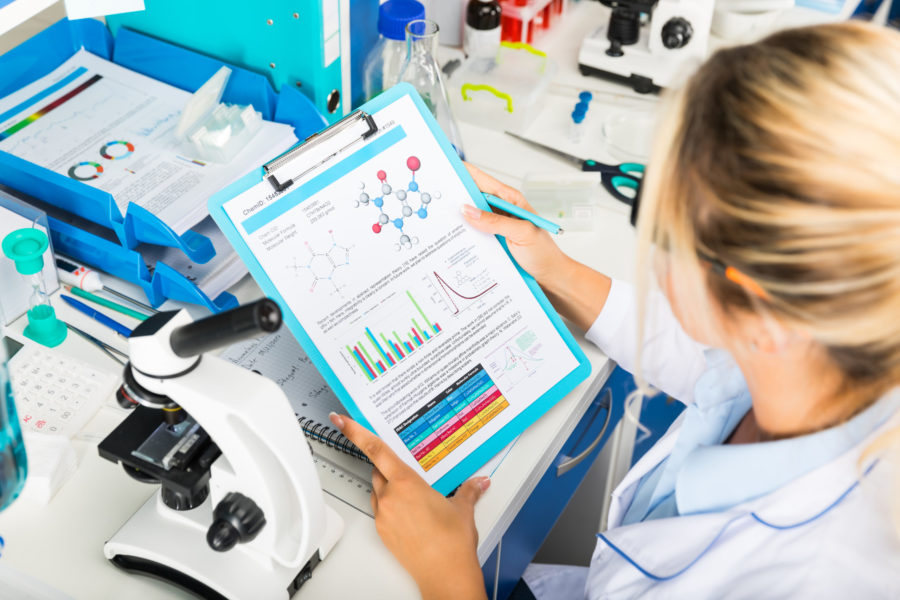


Authors: Kenichi Nomoto, Marc Hillairet de Boisferon, Bruce A. Littlefield
Eisai Inc.; OncoDesign Biotechnology
Abstract: Eribulin is a synthetic analog of the marine sponge natural product halichondrin B. Its clinical formulation is currently approved in numerous countries for treating certain patients with advanced breast cancer or advanced liposarcoma. Eribulin’s anticancer mechanisms include relatively fast antimitotic effects that lead to cell death by apoptosis, and slower complex effects on the tumor microenvironment that include increased vascular perfusion, reduced hypoxia and changes in phenotype associated with decreased migration and invasiveness in vitro. Such changes in tumor phenotype led us to ask whether eribulin could be successfully combined with inhibitors of cyclin dependent kinases 4 and 6 (cdk 4/6), which work at the G1/S cell cycle checkpoint where phenotypic changes are typically regulated. It is now recognized that patient-derived xenograft (PDX) tumor models more faithfully recapitulate human tumor biology and drug responsiveness than standard xenograft models derived from established human cancer cell lines. Accordingly, in the current study, we used two ER+/PR+/Her2– PDX models developed from patients with luminal B breast cancers, ODBRE-0192 and OD-BRE-0745, to test in vivo combinations of eribulin and the cdk 4/6 inhibitor palbociclib. Eribulin and palbociclib dose levels were chosen that led to only minimal effects when given alone, and were administered on Q7Dx3 and Q1Dx5[x3] schedules, respectively, with palbociclib withheld the day before and the day of weekly eribulin dosing to avoid cell cycle-based antagonism that could occur between mitotic and G1/S blockers. In the OD-BRE-0745 model only, a fourth cycle of eribulin followed by 5 days of palbociclib was administered starting 13 days after the third eribulin dose. Under these conditions, combining eribulin and palbociclib led to markedly superior anticancer activity in both models (minimum T/C values of 29% and 41%) compared to either agent alone (T/C: 55-67% and 88-98%, respectively).
These preclinical PDX results support clinical exploration of eribulin and palbociclib combinations for appropriate patients with ER+/Her2- breast cancers.
